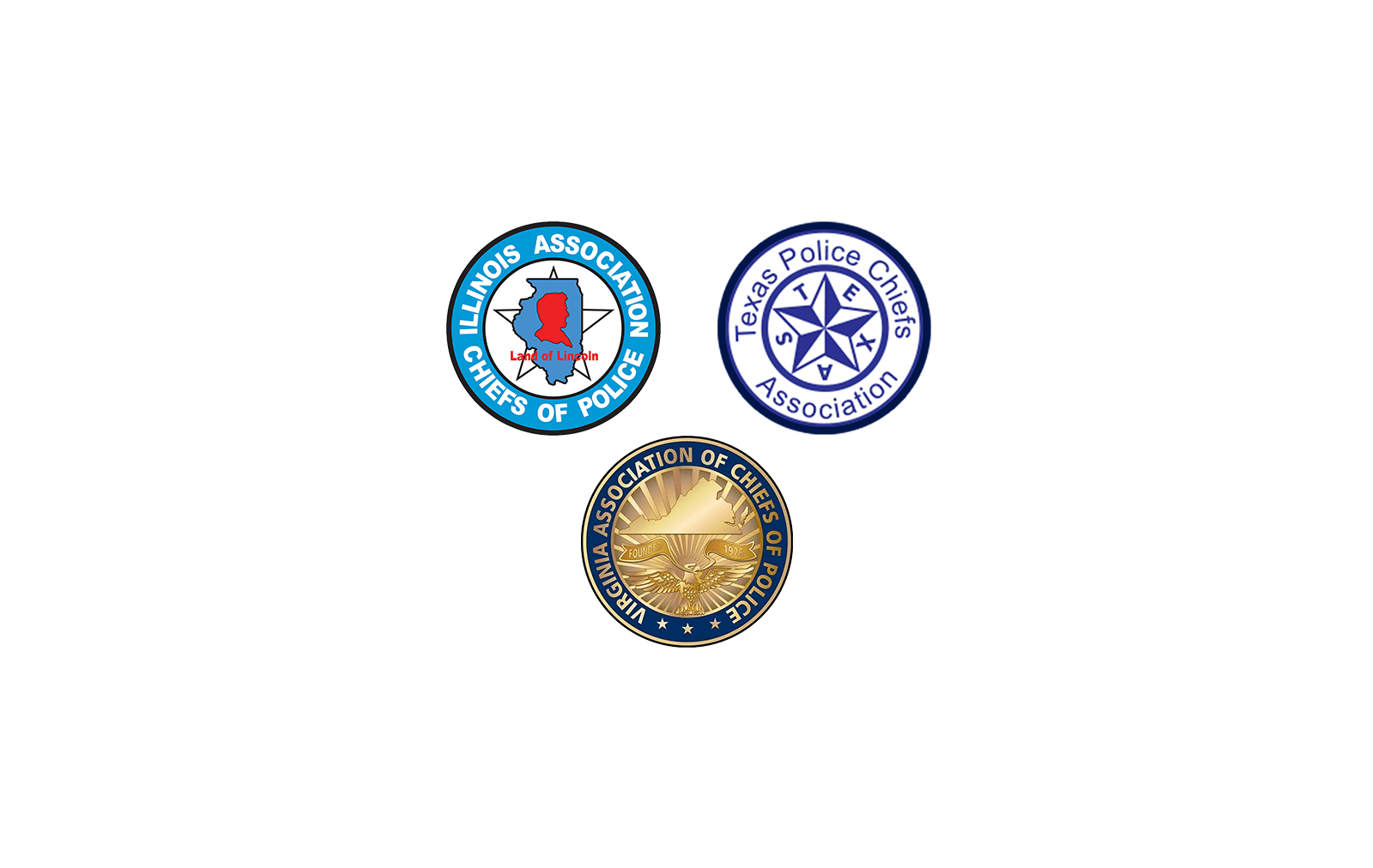This article originally appeared on PRWeb. To view the original article, STRAX® Intelligence.
Critical Response Group, Inc. is proud to announce that we have expanded the number or State Chiefs of Police Associations we have partnered with by entering into new strategic partnerships with the Virginia Police Chiefs Association, the Texas Police Chiefs Association, and the Illinois Association of Chiefs of Police.
Chiefs in these states are committed to addressing what continues to be one of the greatest threats facing first responders during critical incidents: responders’ unfamiliarity with incident locations combined with the lack of a common operating picture.
These chiefs associations recognized that the lack of a common operating picture continually leads to an inability to communicate location, a delay in the time it takes to close with assailants, and the loss of valuable time when locating and evacuating victims.
They found a solution in Collaborative Response Graphics® (CRGs) provided by Critical Response Group®. “CRGs have been recognized as a protective measure best practice that enables the first responder community and safety professionals to operate with a shared common operating picture thereby increasing coordination and communication during a critical incident,” said Phil Coyne, President of Critical Response Group®.
CRGs are very sophisticated, but simple to use visual communication and collaboration tools, useable under stress, that enable the coordination of emergency response activities both outside and inside a building. CRGs enhance response time and improve command and control during an incident. CRGs have been deployed at a diverse range of facilities across the country including Public and Private Schools, Government Facilities, Places of Worship, Hospitals, Transportation Hubs, Convention Centers, Water Treatment Facilities, Theme Parks, Sports Venues, Chemical Facilities, Energy Facilities, and Commercial Offices.
Unlike other purported solutions that are theoretical and untested, CRGs have been validated by thousands of real-world incidents under the most stressful conditions and are deployed across the United States and internationally to protect schools, businesses, hospitals, and other critical infrastructure.
CRGs were born from lessons learned by the U.S. Military Special Operations community overseas. Like domestic first responders, U.S. Military Special Operators face the challenge of communicating about unfamiliar locations while under stress. To solve this problem, they developed a visual communication tool that combines a gridded overlay with high-resolution overhead imagery so that operators could easily and effectively communicate about unfamiliar locations.
Critical Response Group® adapted and enhanced this communication technique to solve similar problems encountered during domestic crisis response. When an emergency occurs at a facility, hundreds of public safety professionals may respond, many of whom will have little familiarity with the site.
CRGs are designed to be simple to use geospatially relevant maps which are easily accessible through multiple platforms. They allow everyone at an incident— security personnel, facility administrators, dispatchers, responding officers and incident command— to communicate locations and coordinate the response both outside and inside a facility.
“Forward-thinking law enforcement leadership associations are embracing CRGs as a best practice that provides a universal common operating picture and unprecedented situational awareness,” said Coyne.
The Virginia, Texas, and Illinois associations join State Chief associations from New Jersey, Pennsylvania, Michigan, Wisconsin and Indiana in recognizing CRGs as an invaluable tool that provides a universal common operating picture and communication tool to first responders.

